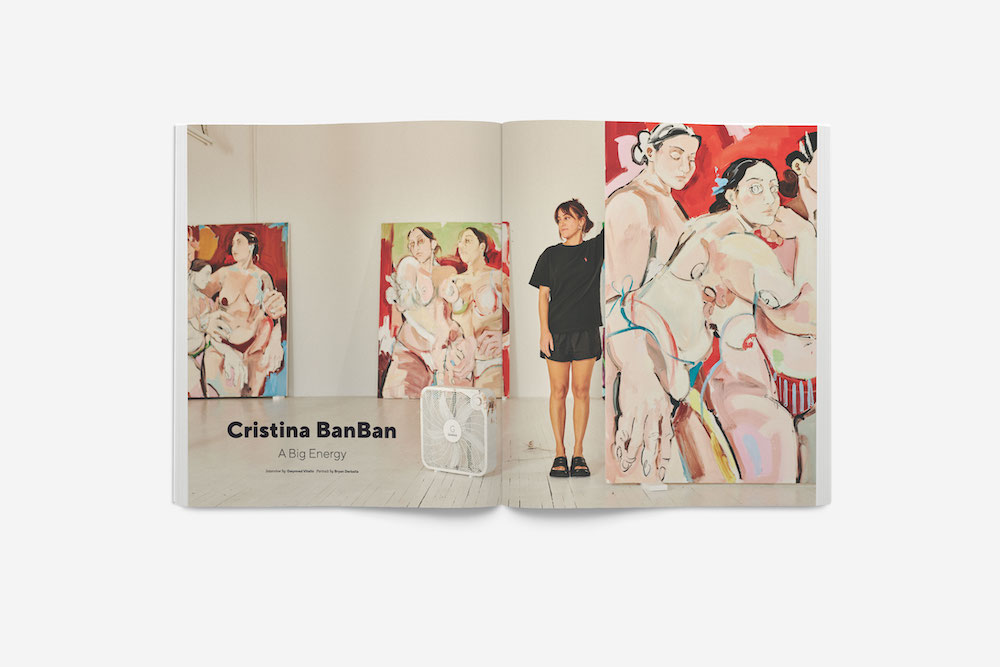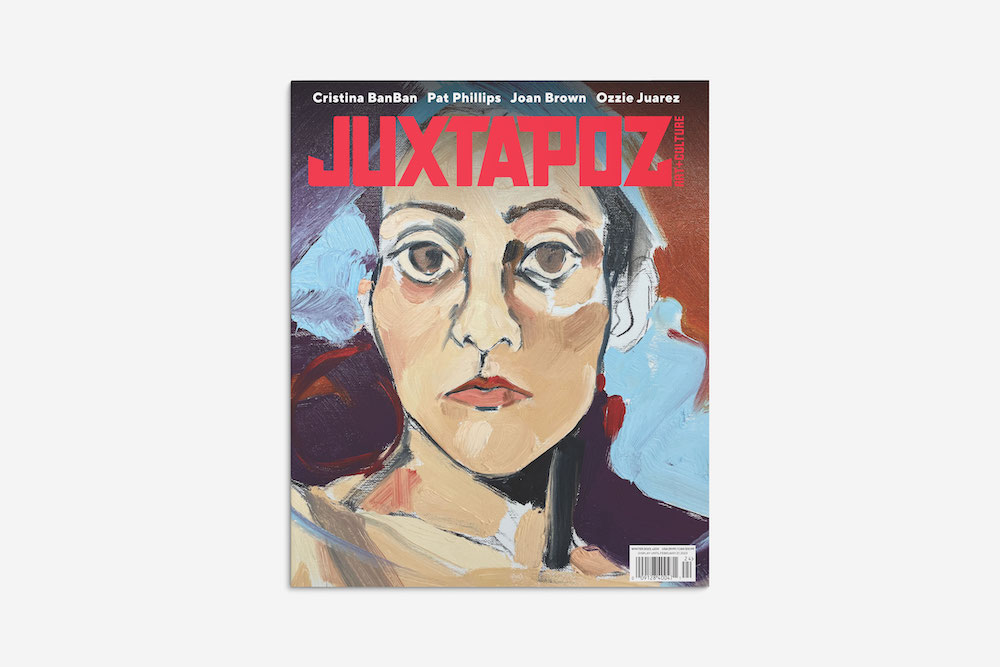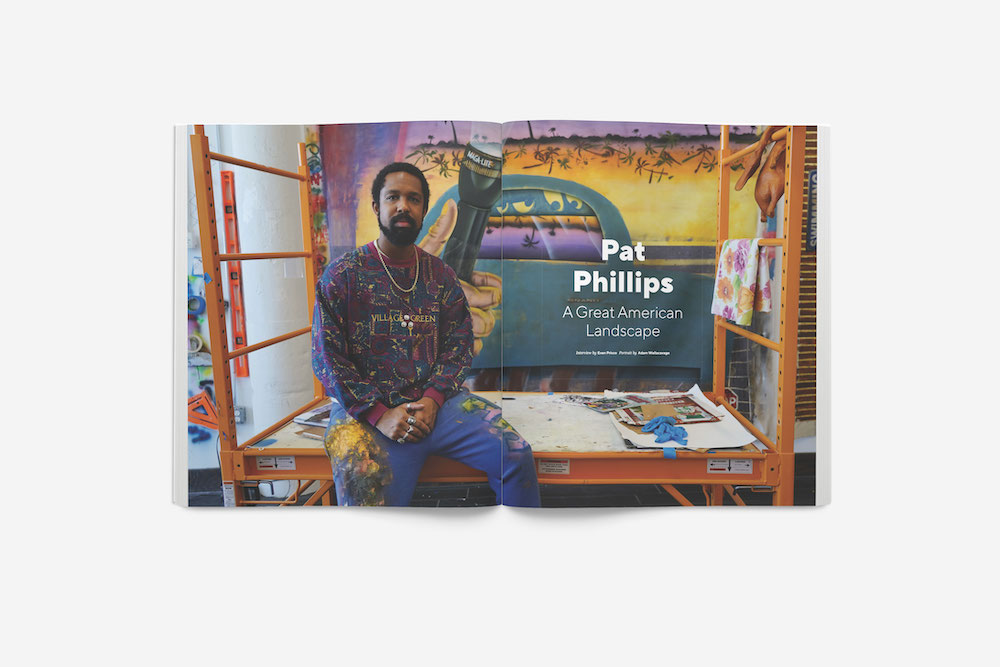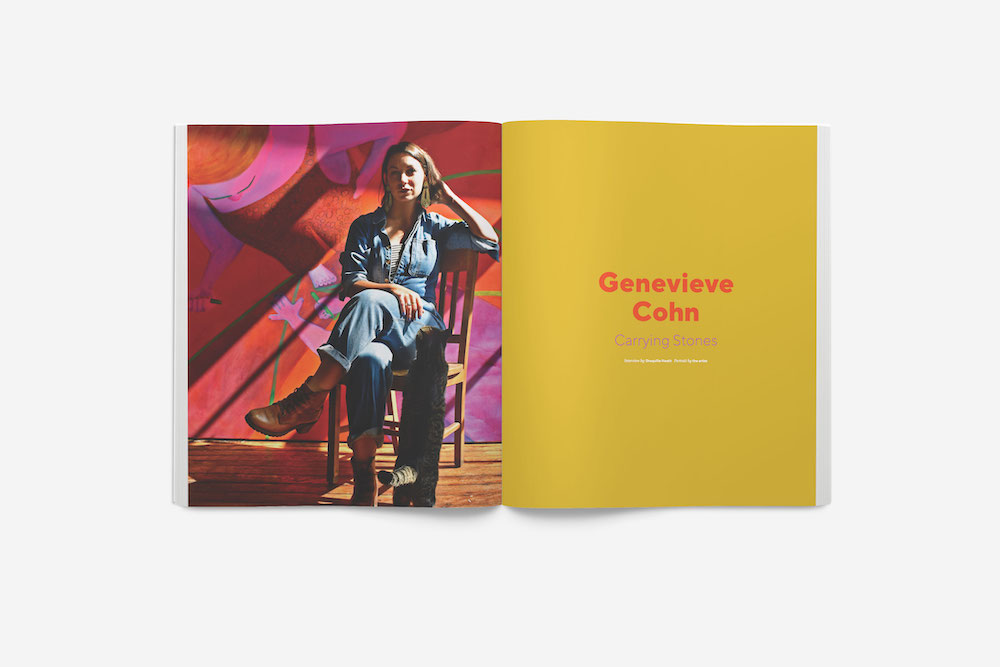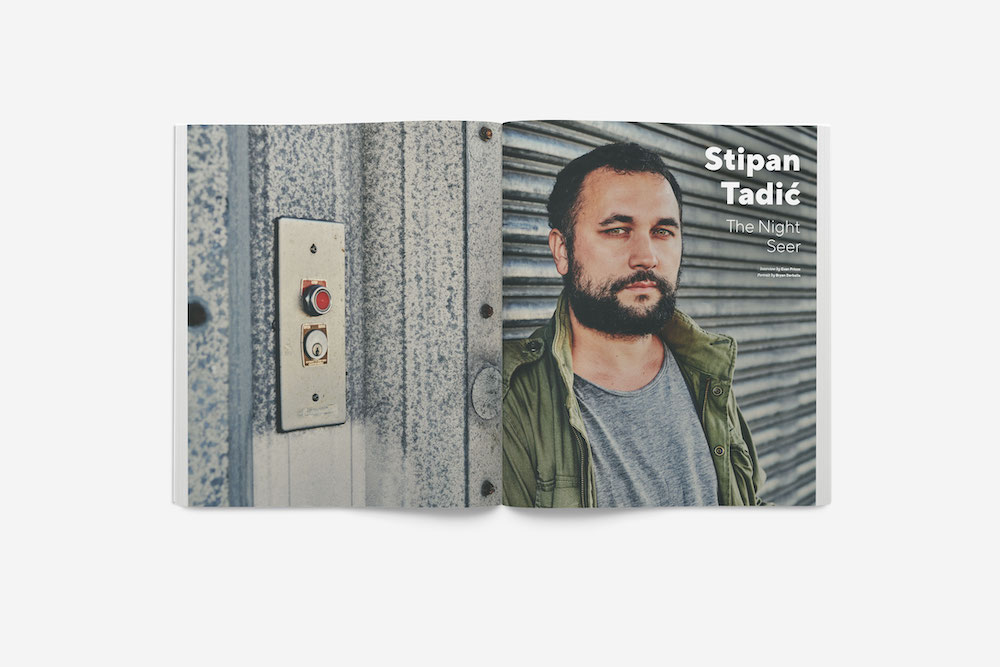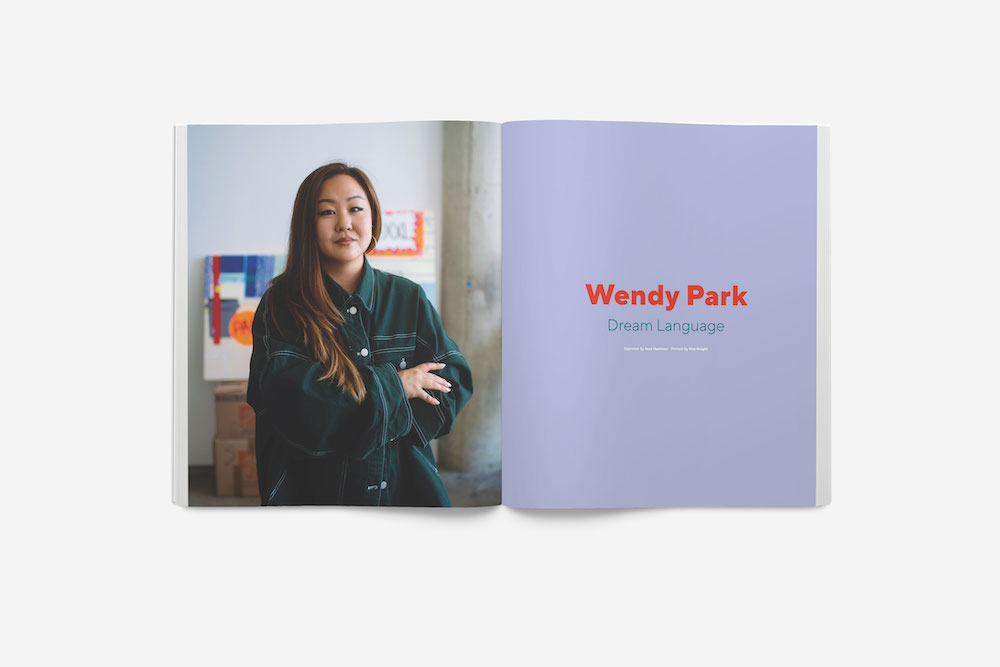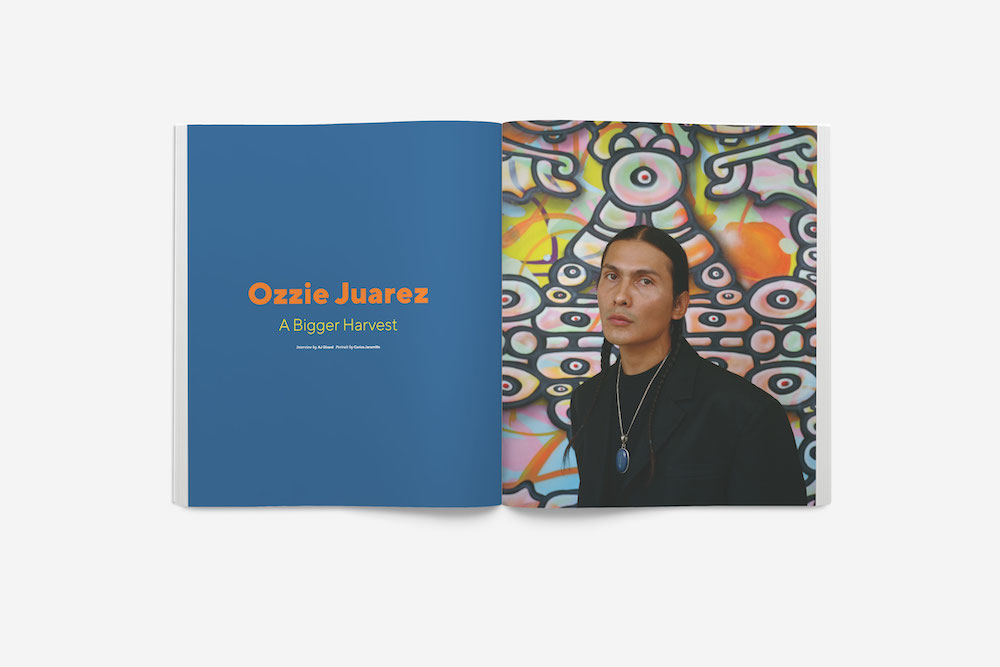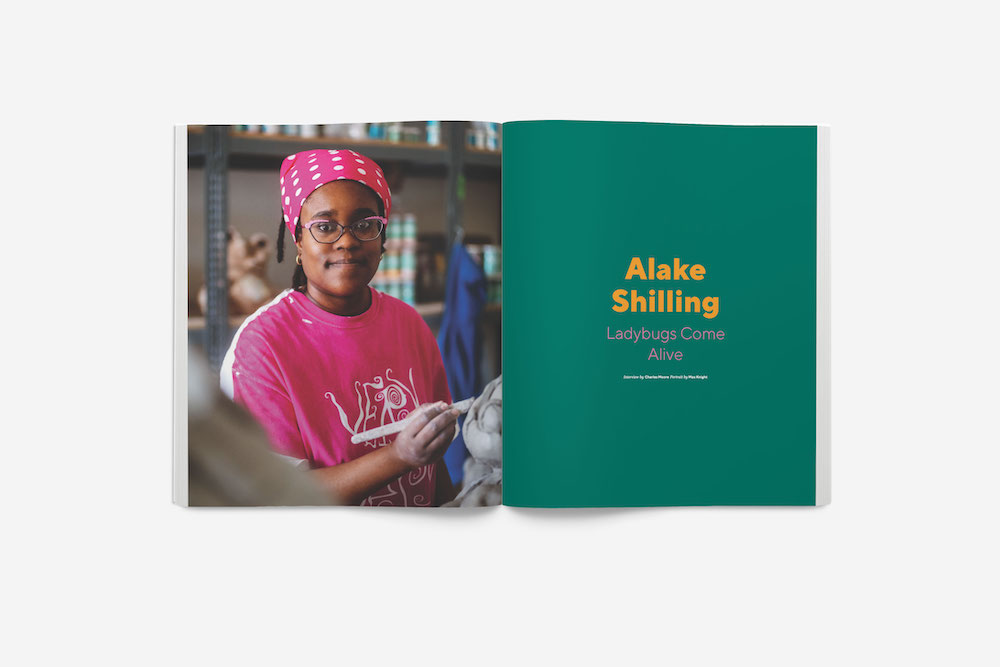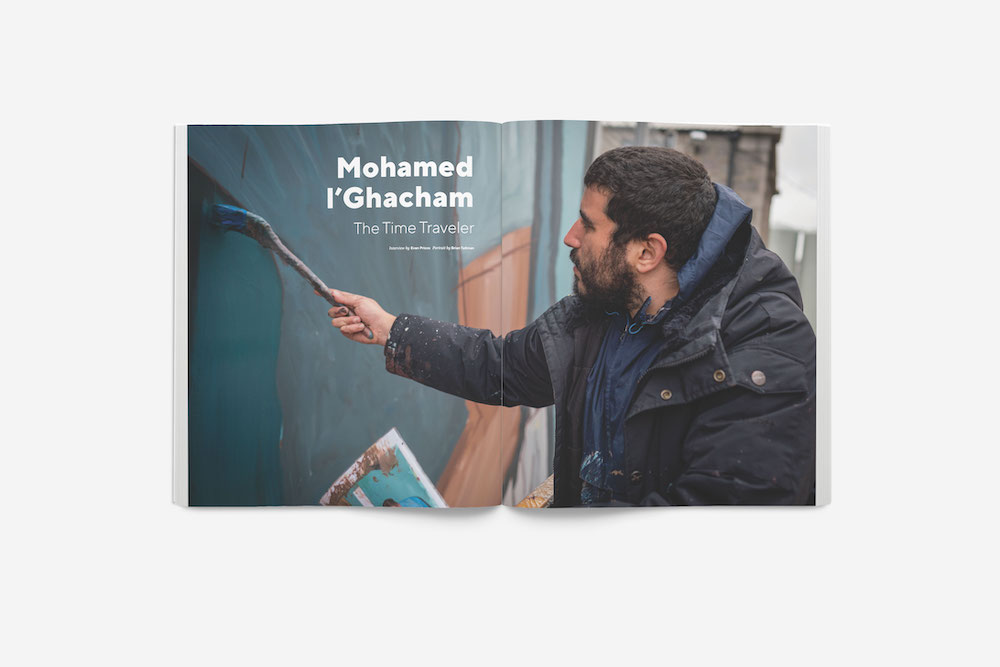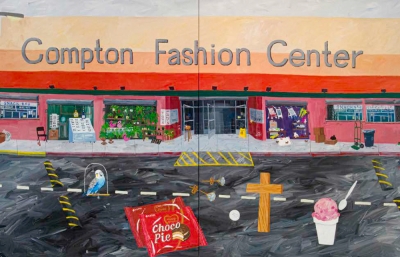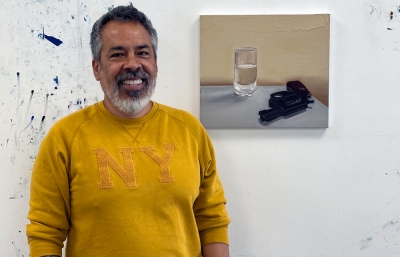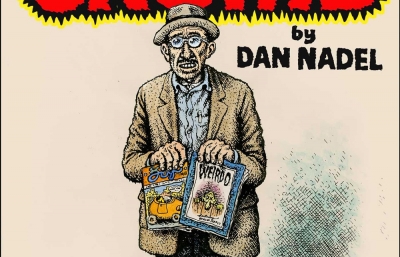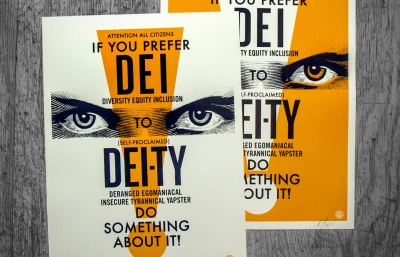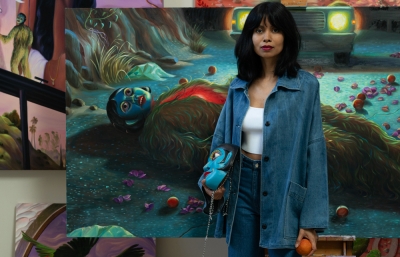“… painting Central Park is a challenge because there's so many paintings of it and everyone has their own personalized visual. But I thought if I just paint it in my own way, it's going to be unique.” —Stipan Tadić
Even if you have never visited Central Park in Manhattan, its space in the world is infamous. The image of a place with skyscraping apartments and urban density, neatly wrapped around a rectangular frame of green and pastoral landscape, is iconic beyond its physical presence. So you may be wondering, why did this line stick out in a Quarterly full of exemplary and introspective perspectives? Often in his practice, the Croatian artist, now NYC-based, considers icons and concepts repeated and reimagined in art. And for the viewer, this becomes an exercise: how many times have we seen a still life of a bowl of fruit, how often a seascape where the ocean meets the shore? And how many artists have painted friends posing in their studio, as a matter of practice or just simply as a matter of history? We are offered tropes and visual cues throughout our appreciation of art, and, as Tadić says, have all seen images of Central Park painted and photographed in myriad ways for over a hundred years. But what a pleasure to commit to seeing it once again with a fresh perspective, thanks to an artist’s original take. That’s what makes life, through the artistic lens, such a discovery and so exhilarating.
In his seminal text, Ways of Seeing, John Berger wrote, “The relation between what we see and what we know is never settled. Each evening we see the sunset. We know that the earth is turning away from it. Yet the knowledge, the explanation, never quite fits the sight.” We think about this often when we put together a Quarterly, knowing what Central Park looks like, what a sunset is, what a portrait can be—but that it can be reinterpreted and reconsidered because each of us has an idea of what these things look like and represent. The power of art is that each maker has an impulse to challenge themselves and deftly add their own interpretations to the collective perception, creating a vivid and open lineage of art history. Artists consciously, and often, subconsciously, look to the past and to the future while occupying the present, to fashion their own version of the most familiar of places or concepts. When Tadić told me, in his own way, “I know you have seen a Central Park depiction before, but I want to show you how I see it.” it was both brave and exactly in sync with the stories we tell in this magazine. How are the batons passed along? How do we speak to history while making something original?
Our Winter cover story, Spanish artist Cristina BanBan, is wonderfully vivid in this conversation with history as well. Her classic oil paintings are harborers of the most classic portrait styles, but emboldened within a new era of figuration that considers selfhood, social media, pandemics, women's rights, family, and friendship. BanBan, Tadić, Pat Phillips, Ozzie Juarez, Genevieve Cohn, Alake Shilling, Wendy Park, Mohamed l'Ghacham, and all the artists in this issue, are time-travelers, putting their unique and fresh language on the most archetypal genres of art. —Evan Pricco
Buy the Winter 2023 Quarterly here.

